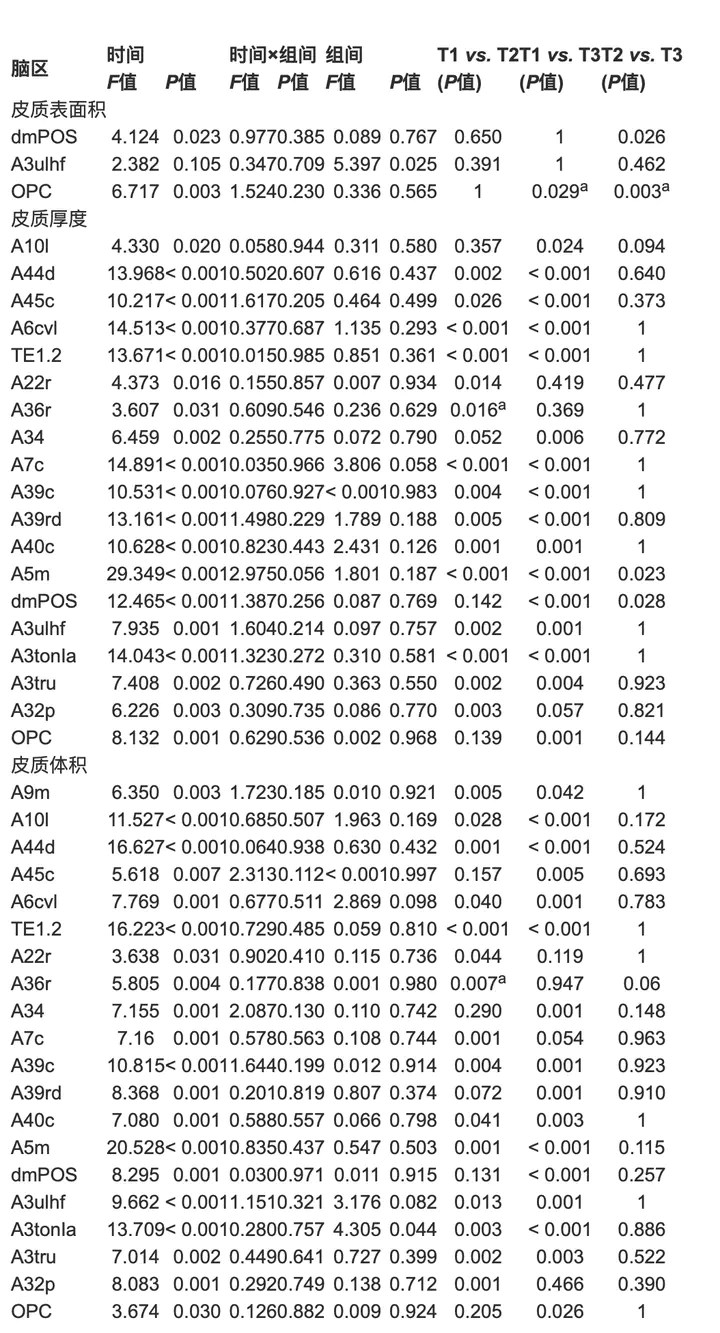Differences of Structural Plasticity between Hemispheres during Rehabilitation for Subacute Stroke

Abstract
To explore the differences in plasticity mechanism of cortical structure between hemispheres during rehabilitation for stroke patients at subacute stage. From October 20, 2018 to February 1, 2020, 22 patients with first-onset subcortical ischemic stroke completed the assessments of MRI and clinical evaluation at admission, and after one and two months of rehabilitation. Cortical surface area, thickness, and volume were measured to evaluate cortical structure plasticity. Two-way repeated measures analyses of variance were implemented to estimate dynamic cortical morphology changes and differences between hemispheres. A significant time effect occurred between admission and after one month of rehabilitation for both hemispheres. Cortical surface area, thickness and volume for most regions in both hemispheres gradually decreased, while parahippocampal gyrus thickness and volume increased. The surface area and volume of postcentral gyrus was significant between both hemispheres (F > 4.305, P < 0.05), in which ipsilesional hemisphere was lower than contralesional hemisphere. The reduction of the thickness (r = -0.474, P = 0.026) and volume (r = -0.432, P = 0.044) of postcentral gyrus in ipsilesional hemisphere was negatively correlated with the recovery rate of motor function. There are differences in cortical structure plasticity during stroke rehabilitation between hemispheres. Cortical morphology markedly changes in the first two months poststroke. The greater the reduction in thickness and volume of postcentral gyrus in ipsilesional hemisphere is, the worse the recovery of motor function may be.